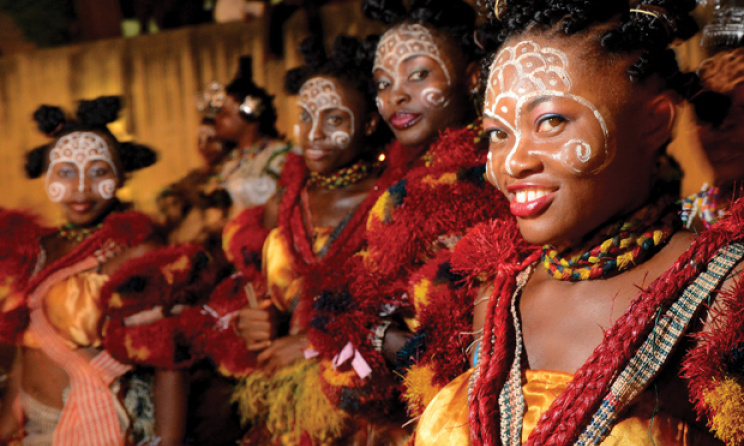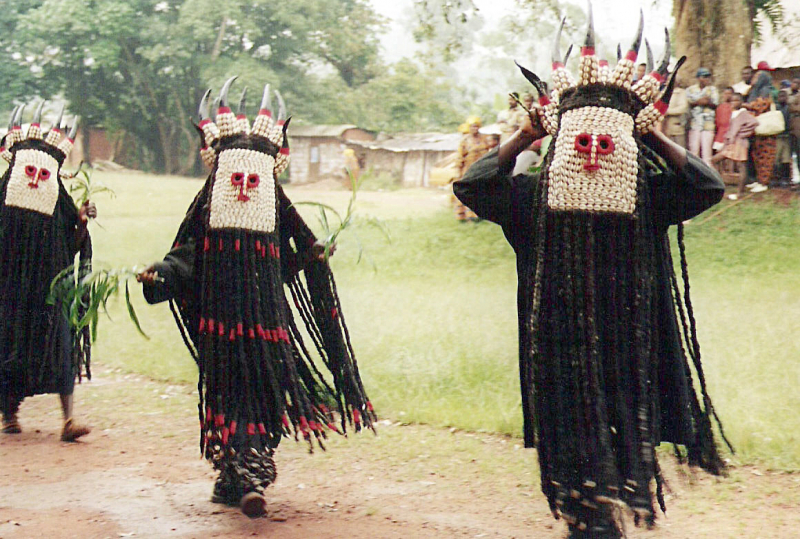Traditional Music and Dance
Traditional music and dance are significant to Cameroon's culture, as they are in most African nations. Many of the traditional festivals, gatherings, and celebrations in Cameroon include music and performance art. Like in any culture, music and dancing play a significant role in these festivities. Although some of the performances do have historic religious meaning, men and women are usually supposed to dance in separate groups in Cameroon.
African traditional instruments are used to generate a variety of folk musics, including those of Cameroon from flutes, horns, and stringed instruments to drums, scrapers, and percussion, which is one of the lists of Cameroon Culture, Customs, and Etiquette, that you can learn more about.. More ceremonies or traditional dances are accompanied by this music. With more than 250 different ethnic groups residing in Cameroon, the country is home to a wide range of rhythms, styles, and tempos.
According to legend, Cameroon's first popular music recordings date back to the 1930s, when French immigrants introduced the country to their musical preferences. However, Cameroon's urbanization has significantly impacted its musical identity, making current music an intriguing aspect of the nation's culture. Bikutsi, a type of indigenous folk music, gained prominence in the 1950s. Bikutsi is a song that is typically performed by women and has lyrics concerning common issues. Then, in the 1960s, the funky dance music genre known as modern Makossa rose to prominence in Cameroon. Urban street music has been well-liked in Cameroon since the 1990s.










